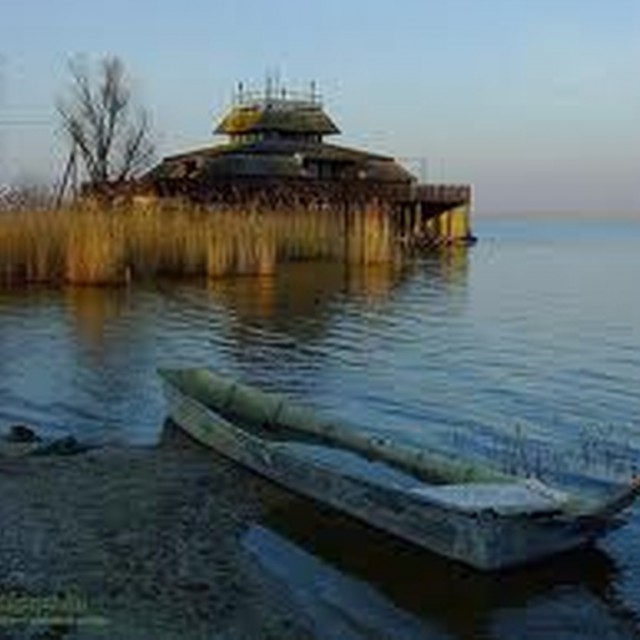From the window to the boat
Katalin Mester’s father Gyula Nádasy, a former cavalry officer, was a prisoner of war in Austria after WWII in a territory liberated by the Anglo-American forces. He returned to his family in Hungary more than one year after the end of the war. Since he couldn’t continue his career with the army, he became the executive director of the family’s chemical factory. As a former officer, he was contacted by the Communist political police in 1948 and entreated to become an informer. To avoid their pressure he was forced to flee to Hungary and abandon his family. Thanks to some of his acquaintances he organized his escape quickly and left for the frontier. The Iron Curtain had at this point already been installed, so the border lines were strictly controlled: "You couldn’t walk across the fields to Austria in those years.” He had to react faster than the police. He could only bring a briefcase with his documents with him. He couldn’t risk the crossing of the border with a small child, so his family stayed behind. Although he went alone, he was followed, but arrived at his meeting unsuspectingly. His guide was waiting for him in a house in Fertőrákos. As soon as he entered the house he was told that the police were on his trail. He hardly had time to jump out of the window, but "fortunately he was an athletic type of man,” Mester recalled. He left all his documents behind and rushed to the boat. "It was a marshy territory with a moor,” Mester said. He rowed some kilometers across the lake to Austria where he had to use false documents to move from one sector of occupation to the other. Finally he arrived in Frankfurt am Main to the safety of his sister’s house. "He only escaped with God’s help, I say. There were a few miracles in our lives. The first one was that I survived as a baby, the second one that my father succeeded to fly Hungary,” she stated.
Hodnocení
Hodnotilo 0 lidí
Routes
Not a part of any route.
Comments
No comments yet.



